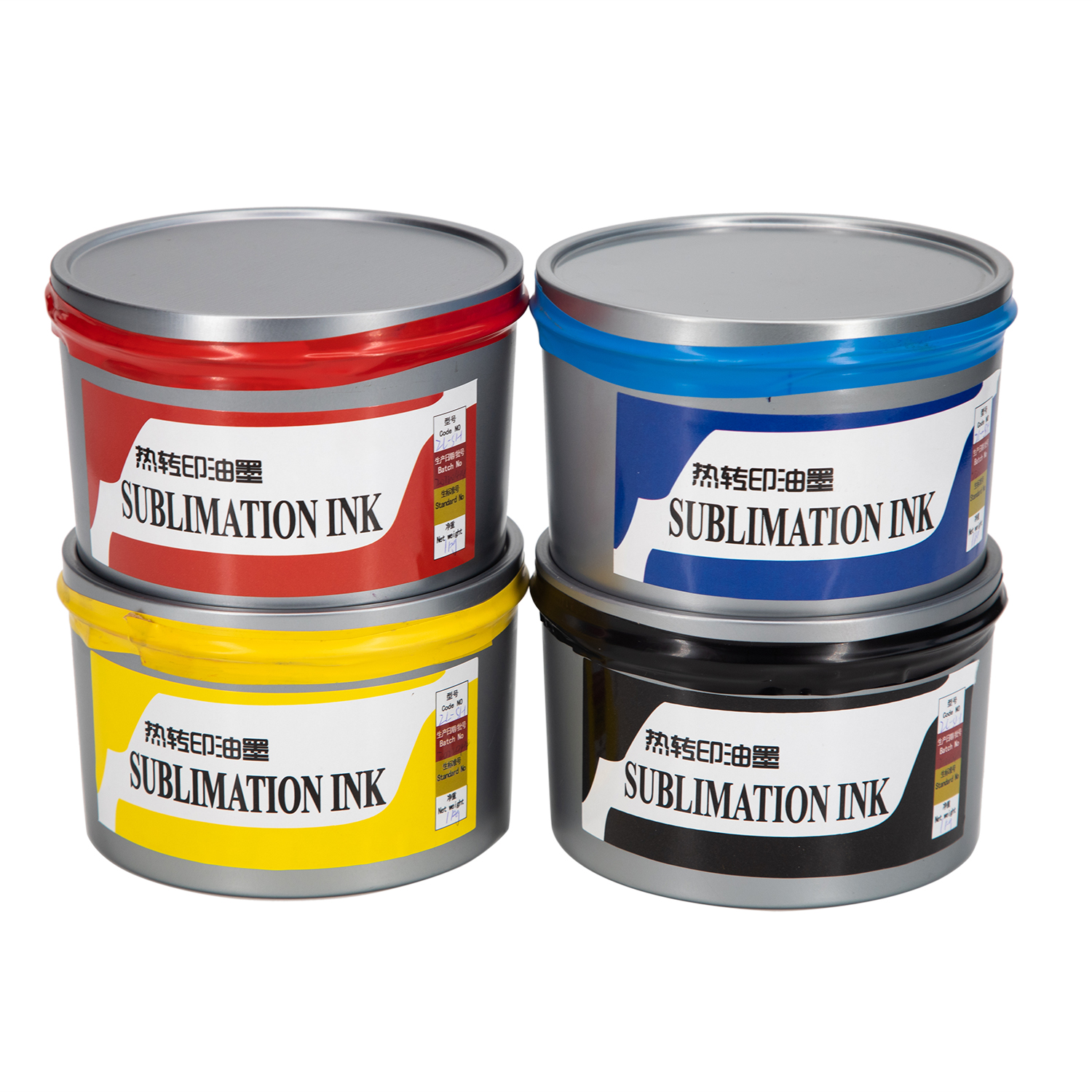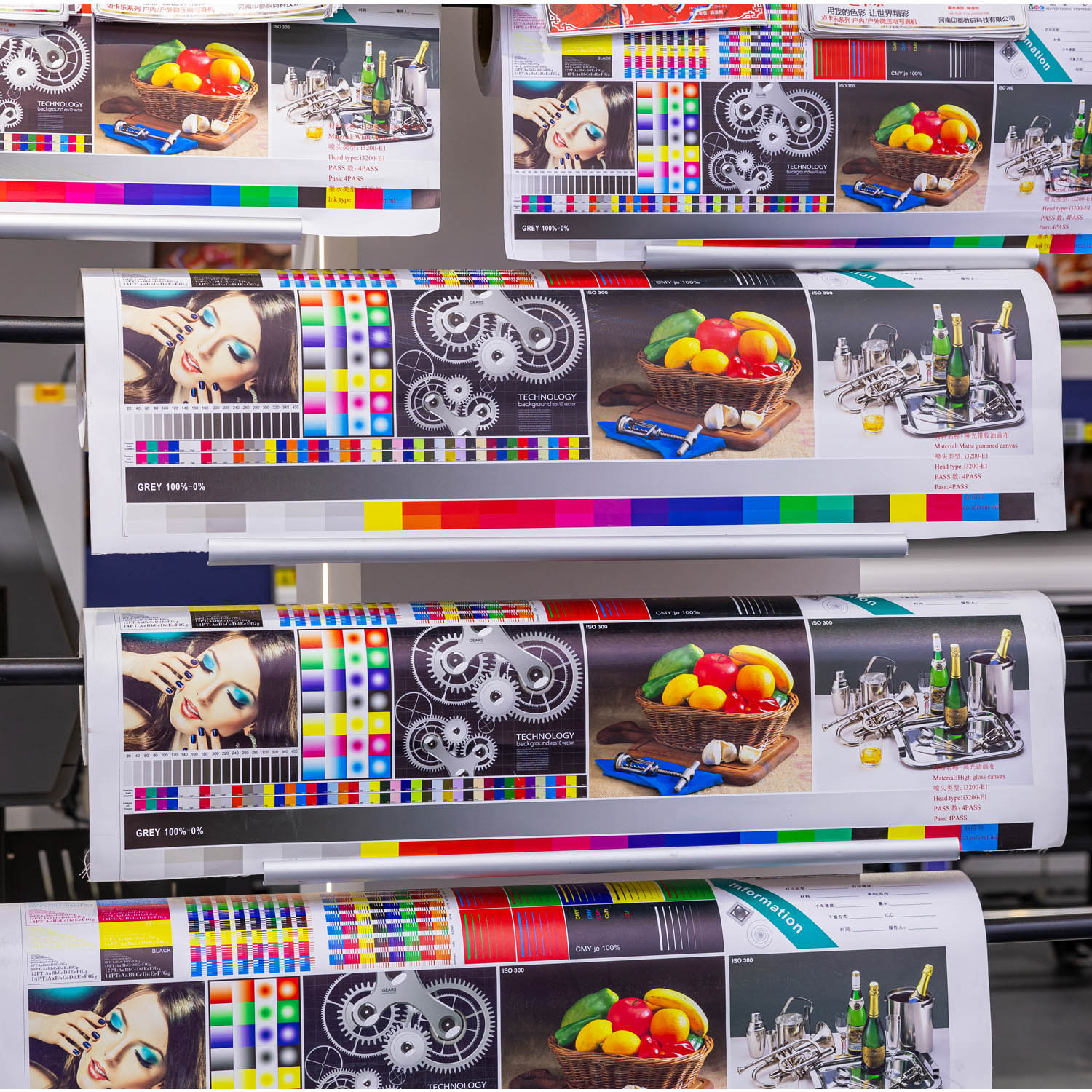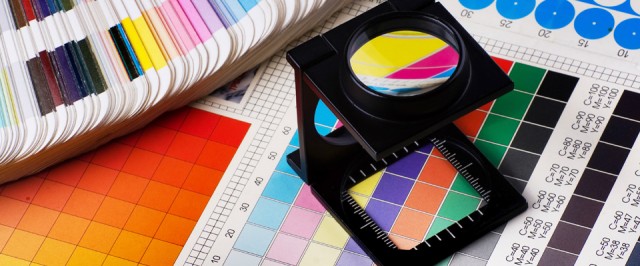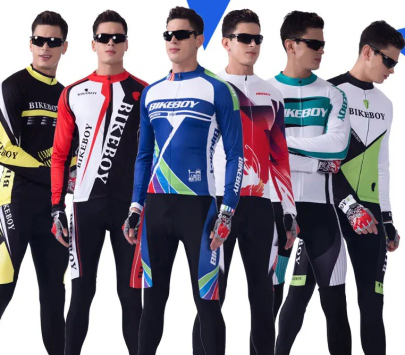
Offset sublimation ink is a kind of heat transfer ink. Here is a detailed introduction to it:
In terms of principle:
Based on the principle of thermal sublimation, when the temperature rises to a certain extent, the dye in the ink will directly sublimate from solid to gas. In this process, gaseous dyes will enter the interior of the substrate (such as synthetic materials like polyester fiber) instead of staying on the surface. As the temperature drops, the dye molecules condense and are encapsulated in the amorphous region of the substrate, thus realizing coloring.


In terms of composition:
Binder: The binder's role is to evenly disperse the dye and give the ink suitable viscosity, fluidity, fixation, etc. for printing. Commonly used binders include natural resins (such as low-viscosity ethyl cellulose, ethyl hydroxyethyl cellulose), alkyd resins, rosin-modified phenolic resin binders, and acrylic derivatives.
Sublimation dyes: Commonly used dyes include anthraquinone dyes, azo dyes, cationic dyes, etc. These dyes can sublimate into gaseous state at high temperatures and have intermolecular forces with fibers, so they can diffuse into the interior of the fibers.
Other auxiliary components: It also includes components such as viscosity regulators and additives. Viscosity regulators are used to adjust the viscosity of the ink, and additives can improve various properties of the ink, such as drying speed and stability.

In terms of characteristics:
Printing suitability: Suitable for single-sheet-fed monochrome, two-color or multi-color offset printing presses. It can adapt to medium and high-speed printing needs, has good water-ink balance, clear dot reproduction, and is stable on the printing press.
Color performance: After printing, the colors are vivid, rich in layers, with small color differences and good reproducibility. And the pattern after thermal sublimation transfer has good light resistance, abrasion resistance and sun resistance. The image is not easy to fall off, crack or fade, and is durable.
No tactile feel: The pattern after transfer has no obvious bulge or tactile feel on the substrate and will not affect the texture and feel of the substrate.
Scope of application:
Printing substrates: Mainly suitable for paper such as coated paper, art paper, offset paper, cardboard, etc., as well as synthetic fiber materials such as polyester fiber, nylon, acrylic fiber, etc.
Application fields: Widely used in advertising displays (such as printing of flags, banners, etc.), light industrial products (printing on shoes, hats, boxes, bags, umbrellas, ties, etc.), ceramic products (cups, plates, tiles, etc.), handicrafts (key chains, couple cups, mobile phone cases, pillows, etc.) and fabric pattern transfer in the clothing processing industry.
5.Related Products

